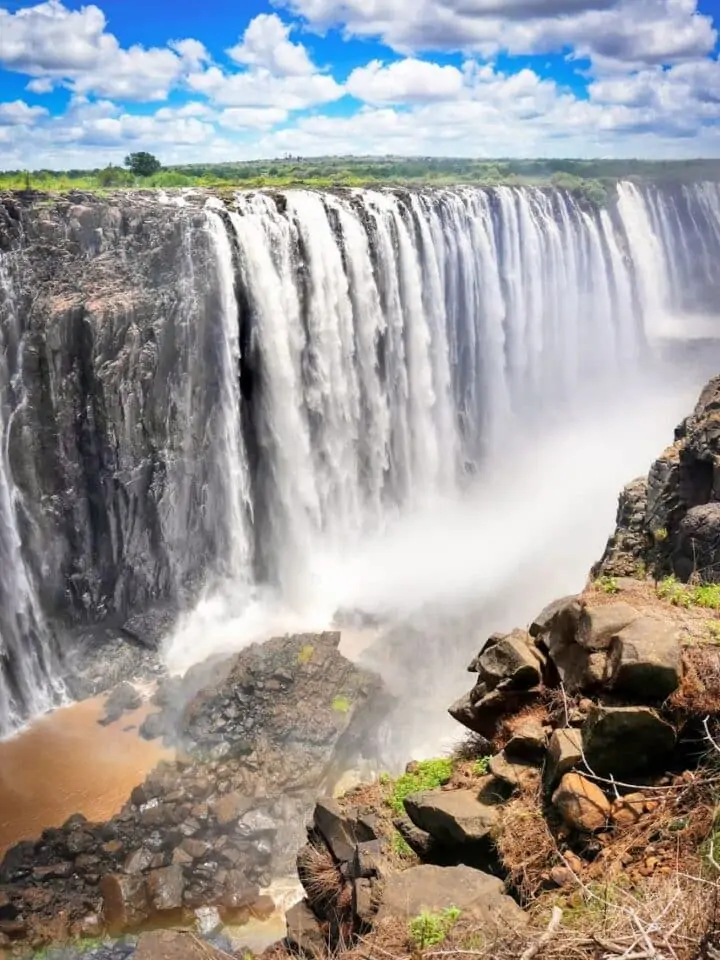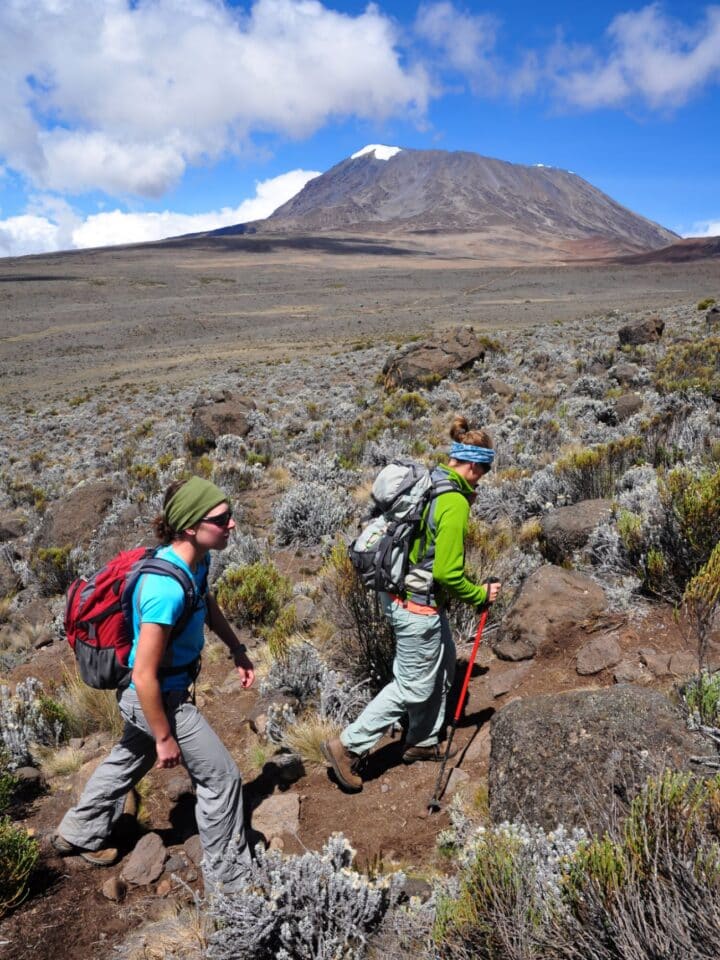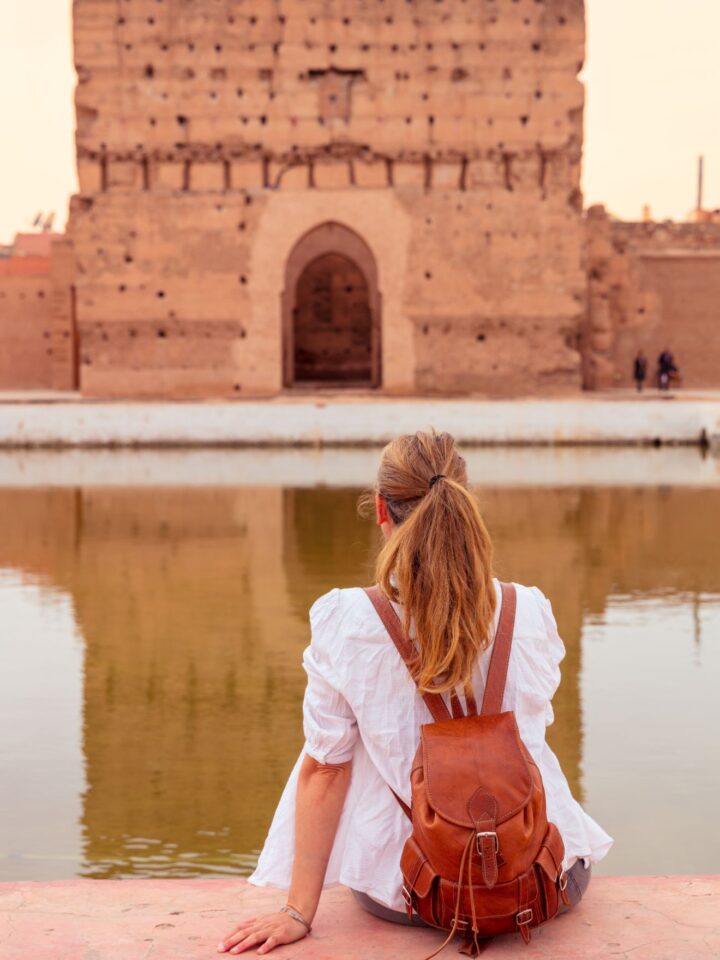When we first started planning our family trip to Uganda, I imagined lush jungles echoing with the calls of chimpanzees, shimmering lakes wrapped in mist, and smiles as warm as the African sun. I also wondered: would this be too ambitious with two young children in tow? What we discovered instead was that Uganda, the Pearl of Africa, offers a magical balance of wild adventure and heartfelt hospitality that fits perfectly for families seeking something extraordinary yet safe, scenic, and deeply human.
What follows is our journey through Uganda’s lakes, rainforests, and wildlife, filled with laughter, muddy boots, quiet awe, and moments that stitched our family closer than ever.
Planning the Perfect Uganda Family Adventure
Choosing Our Route
Uganda has more to offer than most travelers realize: the thundering Murchison Falls, gorillas in Bwindi Impenetrable Forest, the serene waters of Lake Bunyonyi, and the bustling charm of Kampala and Entebbe. We wanted a mix of wildlife, culture, and relaxation—without too many long drives for the kids.
After a few weeks of research, our itinerary took shape:
- Entebbe – our arrival and recovery stop.
- Bwindi Impenetrable Forest – for gorilla trekking and rainforest hikes.
- Lake Bunyonyi – calm waters and family-friendly rest days.
- Queen Elizabeth National Park – a gentle safari with boat rides and wildlife spotting.
Preparation and Practicalities
Traveling with children to Africa takes planning. We scheduled vaccines early, packed lightweight rain jackets, insect repellent, sunhats, binoculars, and a sense of humor. Our kids, aged 8 and 12, were fascinated by the idea of tracking gorillas and spotting hippos—though I made sure to have sketchbooks, travel games, and snacks for long drives.
We worked with a local tour operator specializing in Uganda family travel, which made logistics smooth: private 4x4 vehicle, knowledgeable guide, and kid-friendly lodges with pools and local food options.
Arrival in Entebbe: A Gentle Start
After a red-eye flight, stepping off the plane in Entebbe felt like landing in a warm hug. The air smelled of rain and flowers. Our driver, James, greeted us with an easy smile and drove us along palm-lined roads to a small lakeside guesthouse.
The kids were instantly distracted by the sight of Lake Victoria, Africa’s largest lake, stretching endlessly beyond the horizon. We spent our first day adjusting—feeding fish by the pier, walking through the Entebbe Botanical Gardens, and letting the kids chase butterflies while monkeys leapt between fig trees.
Dinner was a delicious introduction: tilapia fresh from the lake, matoke (steamed green bananas), and tropical fruit that tasted like sunshine.
Family tip: Entebbe is an ideal soft landing before heading into wilder parts of Uganda. Most lodges have pools, gardens, and wide menus to please picky eaters.
Into the Forest: Bwindi Impenetrable National Park
The drive to Bwindi was long—about 9 hours—but breathtaking. Rolling tea plantations gave way to misty hills dotted with tiny villages. Every stop became a chance to connect: vendors selling roasted maize, children waving by the roadside, and views that made us gasp out loud.
Lodging in the Heart of the Rainforest
Our lodge sat on a hillside overlooking the emerald canopy. Birds called from every direction, and at night the forest hummed like a living lullaby. The kids loved our “treehouse” room—a family cottage with wood decks and mosquito nets that felt straight out of a storybook.
Dinner was served around a communal fire: creamy pumpkin soup, grilled chicken, and local vegetables. The staff surprised our kids with warm mugs of cocoa and told stories about gorillas’ family structures—how silverbacks lead with wisdom, not force.
The Gorilla Trek (and the Family Plan)
Gorilla trekking is the crown jewel of Uganda family travel, but only children 15 and older can participate. My husband and I took turns: one trekking, one exploring with the kids.
On my trek day, we rose before dawn, equipped with gaiters, gloves, and excitement. After two hours of hiking through vines and mist, we found them—an entire gorilla family lounging peacefully. One juvenile tumbled down a branch, beating his chest, while the silverback watched calmly. The experience was profoundly humbling, almost spiritual.
Back at the lodge, my husband and the kids had gone on a shorter nature walk guided by local women, learning about forest plants and traditional medicine. They returned muddy, smiling, and eager to tell stories about chameleons and tree frogs.
Tip for families: Even if young kids can’t trek, there’s plenty nearby—bird walks, community visits, and guided forest hikes tailored for little legs.
Lake Bunyonyi: Peace and Play
After Bwindi’s humidity, Lake Bunyonyi was like a watercolor painting come to life. Surrounded by terraced hills and dotted with 29 small islands, it’s one of Africa’s most beautiful and safest lakes for swimming (no hippos or crocodiles).
Arriving at Our Lakeside Lodge
We stayed at a family-run eco-lodge perched above the water, reachable by a short boat ride. The kids squealed as our luggage was loaded into a wooden canoe, and we paddled to our new home for three nights.
Our thatched cottage had a balcony overlooking the lake, and every morning, mist lifted slowly as fishermen sang across the water. It felt otherworldly.
Family Fun on the Lake
Days here fell into an easy rhythm: canoeing between islands, swimming from the dock, and hiking short trails to viewpoints. We visited a local school on one island where the children performed songs for us, and our kids—shy at first—joined in clapping and dancing.
One afternoon, we hiked to a village bakery run by women who taught us how to make chapatis. The kids were thrilled to roll dough and flip it on a fire-heated griddle. Later, we watched the sunset paint the lake in gold and crimson while sipping fresh passionfruit juice.
Family tip: Bring board games and a book. Evenings at Lake Bunyonyi are peaceful—perfect for quiet bonding after adventure-filled days.
Meals Worth Remembering
The lodge kitchen served wholesome, local food—fresh tilapia, sweet potato stew, and chapatis stuffed with vegetables. The kids’ favorite treat? Pineapple pancakes for breakfast and roasted marshmallows by the bonfire at night.
Queen Elizabeth National Park: Safari and River Magic
From Lake Bunyonyi, we continued north to Queen Elizabeth National Park, one of Uganda’s most accessible wildlife areas. The journey took us past crater lakes and banana groves, with frequent stops to stretch and snack.

Staying Near the Kazinga Channel
Our safari lodge overlooked the Kazinga Channel, where hippos and buffalo crowded the shore. The kids couldn’t believe how close the animals came—sometimes grazing right outside the fence.
On our first evening, we joined a sunset boat cruise. The experience was pure magic: elephants drinking at the water’s edge, crocodiles slipping silently below the surface, and pelicans flying in V-shaped patterns across the sky.
“Look, hippos are yawning!” our youngest shouted, laughing as one opened its mouth impossibly wide.
Game Drives and Tree-Climbing Lions
The next morning, we ventured into the Ishasha sector, famous for its tree-climbing lions. Luck was on our side—we found a pride lounging in the branches of a fig tree, tails dangling lazily. Our guide explained this rare behavior helps lions escape the heat and insects.
The kids, armed with binoculars, became expert spotters, excitedly pointing out warthogs and Uganda kob (a type of antelope).
Family tip: For younger kids, opt for shorter game drives—2–3 hours at a time—and carry snacks, binoculars, and a sense of wonder.
Cultural Encounters and Everyday Joy
What struck us most throughout Uganda was the warmth of its people. Everywhere we went, children waved, women greeted us with laughter, and guides treated our kids like family.
We spent one afternoon visiting a small village cooperative near Queen Elizabeth Park. Women demonstrated basket weaving and banana beer brewing (we politely declined to taste). The kids were fascinated by learning how banana fibers can be used for rope or crafts. It was the kind of genuine, grounded experience that stays with you long after the journey ends.
Meals, Moments, and Magic
Uganda’s food is simple but flavorful—grilled meats, rice, beans, and tropical fruit that tastes like dessert. Every lodge offered kid-friendly versions of local dishes, and the hospitality was second to none.
But the real meals we remember weren’t about the food. They were about moments: a picnic on a crater rim, dinner by lantern light as frogs croaked around us, or laughter shared over spilled juice when a vervet monkey stole a banana off our table.
Challenges and Lessons Learned
No family adventure is without hiccups.
- Long drives: We broke them up with roadside stops for fruit, photos, and markets.
- Rain showers: Uganda’s beauty comes with unpredictable weather—quick-dry clothes and light raincoats saved us.
- Connectivity: Many lodges have limited Wi-Fi, but it became a gift—our kids rediscovered storytelling and stargazing.
If anything, those “imperfections” made the experience more real.
Reflections: Why Uganda Stole Our Hearts
As our plane lifted from Entebbe at the end of our trip, I looked down at the patchwork of lakes, hills, and forests and realized Uganda had quietly become one of our favorite destinations.
It’s a place where adventure feels intimate—where you can track gorillas in the morning and sip coffee by a tranquil lake in the afternoon. It’s a land of contrasts: rainforest and savanna, energy and peace, wildness and warmth.
For our family, Uganda was more than a trip—it was an awakening. The kids returned home full of stories: “Mom, remember the monkey that stole your chapati?” or “Do you think the gorilla baby remembers you?” And we, as parents, came back with something even more valuable: a reminder of how travel reconnects us—to nature, to people, and to each other.
Practical Family Tips for Uganda
- Best time to visit: June–September and December–February (dry seasons).
- Family accommodations: Opt for lodges with family cottages and flexible meal options.
- Health: Carry hand sanitizer, mosquito repellent, and basic first-aid. Consult your doctor for vaccines.
- Transport: Hire a private guide/driver—it simplifies logistics and offers flexibility with kids.
- Packing: Include rain gear, quick-dry clothes, power bank, and binoculars.
- Gorilla permits: Ages 15+ only; book months ahead. For younger children, arrange alternate nature or cultural tours.
Conclusion: The Pearl of Africa Shines Bright
Uganda truly earns its name—the Pearl of Africa—and for families seeking adventure with meaning, it’s an unforgettable gem. From the mirror-like stillness of Lake Bunyonyi with kids splashing beside you, to the quiet power of gorillas in Bwindi’s rainforest, to the laughter echoing over campfires, Uganda reveals that wildness and warmth can live side by side.
As parents, we often look for places that teach our children something deeper about the world. Uganda did that effortlessly. It showed them that adventure isn’t just about seeing new places—it’s about feeling connected, humbled, and alive.
And as we tell stories of our journey now—of lakes, rainforests, and laughter under African skies—we realize that somewhere between Bwindi’s mist and Bunyonyi’s reflection, we found what every traveler seeks: wonder shared as a family.






Leave a Reply